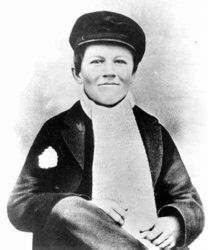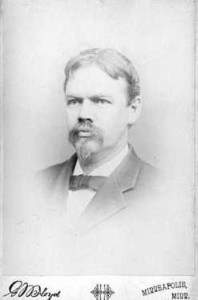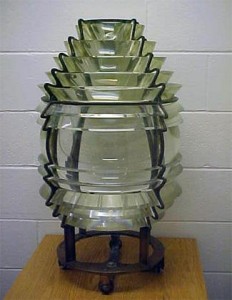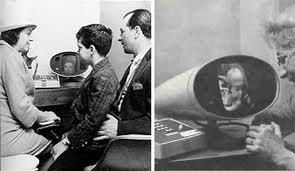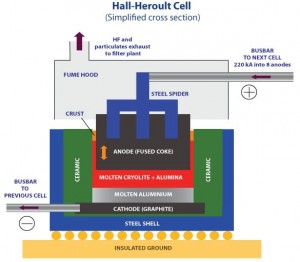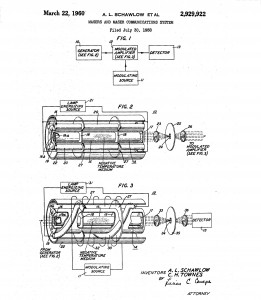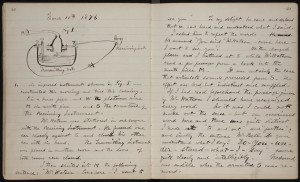Dr. Robert H. Goddard: credited with first ever successfully launched liquid-fueled rocket
As visions of space travel danced in his head, Dr. Robert H. Goddard’s work with rocket apparatus earned him recognition along with numerous patents throughout his career.
And, if the words “space travel” brings to mind the misadventures of a futuristic family, set aside those thoughts of Jetson utopia to learn about the man who gets a good deal of credit for space travel as we know it.
Goddard made his mark on the world of science – with at least one misadventure – prior to receiving his patent for the first ever successfully launched liquid fueled rocket.
Continue reading “Goddard Made His Mark on the World of Science”


